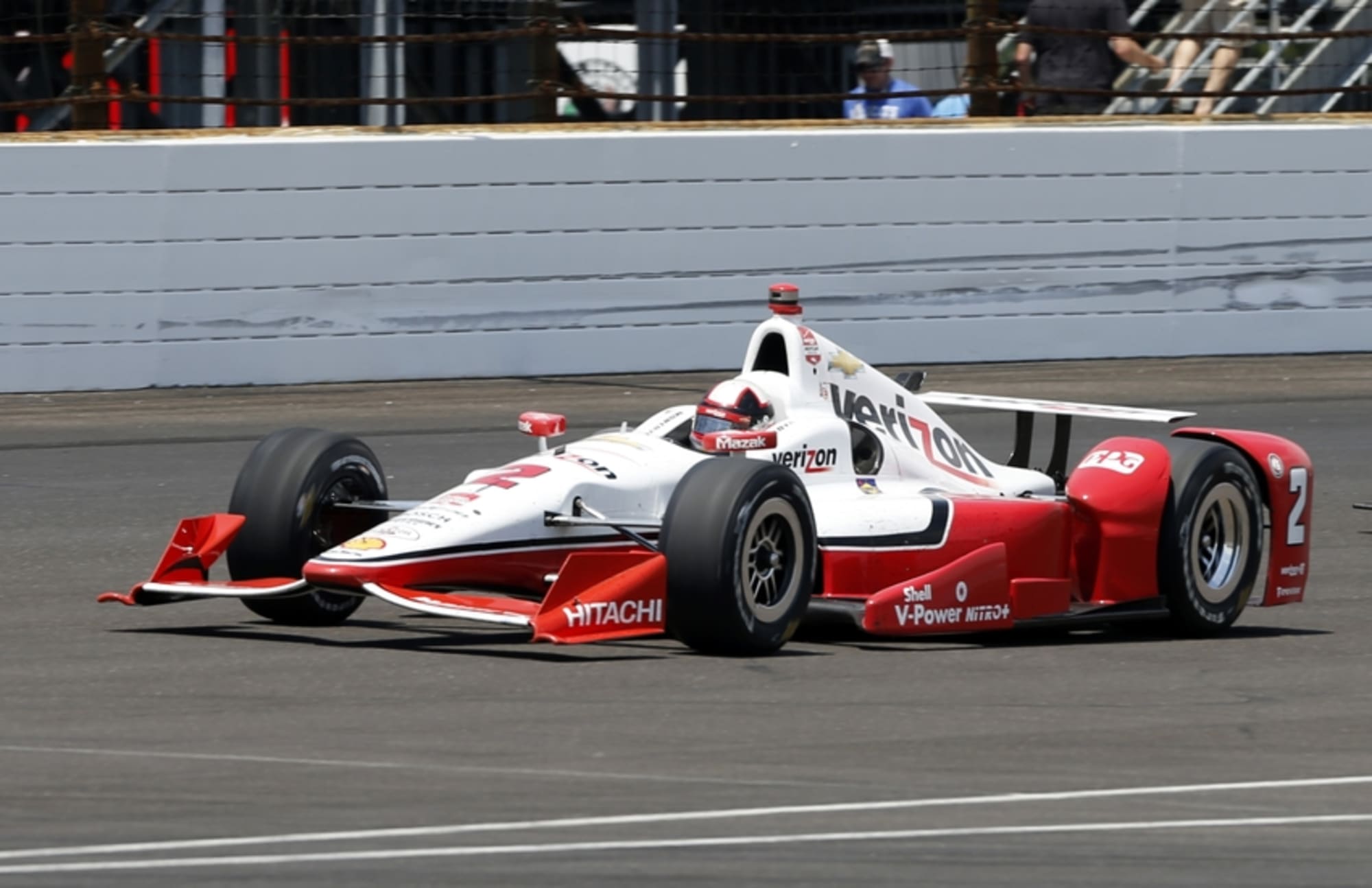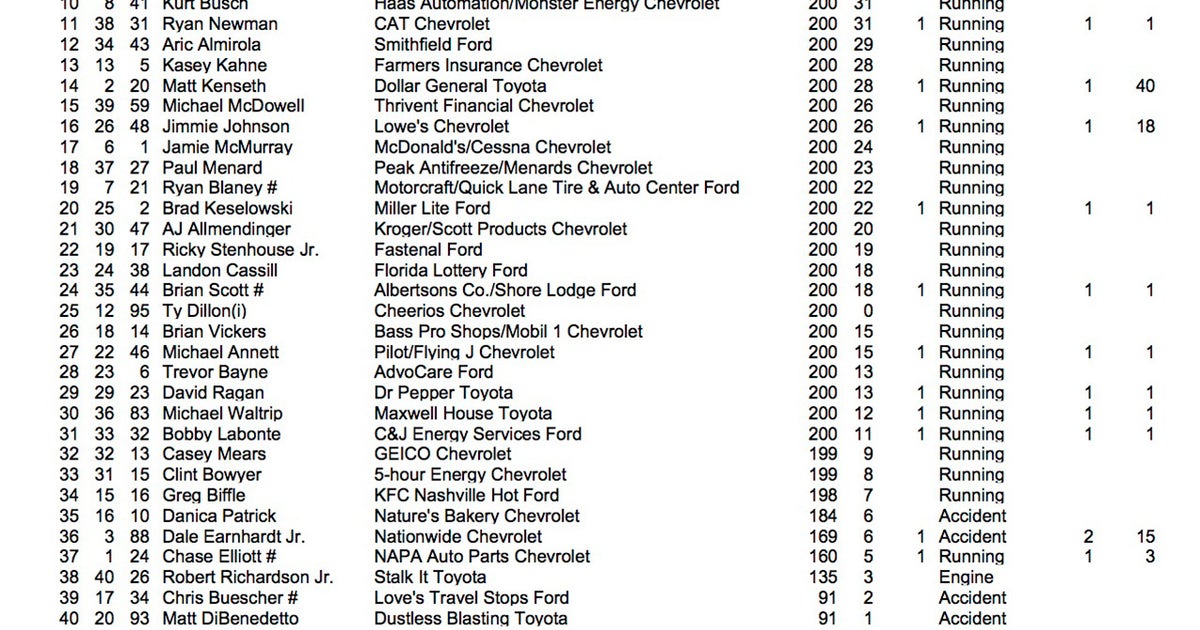Indianapolis 500 Race History

The Indianapolis 500, widely known as “The Greatest Spectacle in Racing,” is an annual open-wheel car race held at Indianapolis Motor Speedway in the state of Indiana, United States. Since its inception in 1911, the race has gained immense popularity and prestige, becoming one of the most iconic events in motorsports history.
Over the years, the Indianapolis 500 has witnessed numerous technological advancements, record-breaking performances, and unforgettable moments that have shaped its legacy. The race has played a significant role in promoting automotive innovation, showcasing the skills of legendary drivers, and attracting a global audience.
Race Evolution
The inaugural Indianapolis 500, held on May 30, 1911, featured a field of 40 cars competing over 200 laps. Ray Harroun emerged victorious, averaging a speed of 74.602 mph. The early years of the race were marked by fierce competition and a relentless pursuit of speed. In 1925, Peter DePaolo became the first driver to exceed 100 mph during the race.
As the race gained popularity, it attracted top drivers from around the world. Wilbur Shaw, a three-time Indianapolis 500 winner, dominated the 1930s, earning the nickname “The Maestro.” In 1935, Kelly Petillo set a new track record with an average speed of 122.275 mph.
Notable Milestones
The Indianapolis 500 has witnessed several milestones that have left an indelible mark on the sport of auto racing. In 1954, Bill Vukovich became the first driver to win the race consecutively, a feat that earned him the title “The Crown Prince of Speed.”
In 1966, Graham Hill became the first British driver to win the Indianapolis 500. His victory marked a significant moment in international motorsports, as it demonstrated the growing global appeal of the race.
Janet Guthrie made history in 1977 as the first woman to qualify for the Indianapolis 500. Her participation paved the way for other female drivers to compete in the race.
Impact on Indianapolis, Indianapolis 500 finishing order
The Indianapolis 500 has had a profound impact on the city of Indianapolis and the state of Indiana. The race has become a major tourist attraction, drawing hundreds of thousands of visitors to the city each year. It is estimated that the Indianapolis 500 generates over $300 million in economic activity for the region.
Beyond its economic impact, the Indianapolis 500 has also played a significant role in shaping the city’s identity. The race has become a symbol of Indianapolis’s rich automotive heritage and its passion for motorsports.
Indianapolis 500 Finishing Order Analysis
Indianapolis 500 finishing order – The Indianapolis 500 is one of the most prestigious and challenging races in the world. The finishing order of the race can be influenced by a variety of factors, including driver skill, car performance, and race strategy.
In recent years, there has been a trend towards younger drivers winning the race. In 2016, Alexander Rossi became the youngest driver to win the race since 1925. In 2017, Takuma Sato became the first Japanese driver to win the race. And in 2018, Will Power became the first Australian driver to win the race.
The finishing order of the race can also be influenced by the weather. In 2019, the race was delayed by rain for several hours. When the race finally resumed, Simon Pagenaud took the lead and held on to win the race.
The Indianapolis 500 is a race that is full of surprises. Anything can happen on race day. That’s what makes it so exciting.
Factors Influencing the Finishing Order
- Driver skill
- Car performance
- Race strategy
- Weather
- Luck
Indianapolis 500 Notable Drivers and Teams: Indianapolis 500 Finishing Order

The Indianapolis 500 is one of the most prestigious and challenging races in the world. Over the years, a number of drivers and teams have emerged as legends of the sport. These individuals and organizations have achieved remarkable success at the Indianapolis 500, leaving an indelible mark on the history of the race.
In this section, we will profile some of the most successful drivers and teams in Indianapolis 500 history. We will discuss their accomplishments, driving styles, and contributions to the sport. We will also explore the strategies and innovations that have led to their success in the Indianapolis 500.
A.J. Foyt
A.J. Foyt is one of the most successful drivers in Indianapolis 500 history. He has won the race four times, in 1961, 1964, 1967, and 1977. Foyt is also the only driver to have won the Indianapolis 500 in four different decades.
Foyt was known for his aggressive driving style and his ability to win races in a variety of conditions. He was also a master of pit strategy, and he often used his pit stops to gain an advantage over his competitors.
Rick Mears
Rick Mears is another one of the most successful drivers in Indianapolis 500 history. He has won the race four times, in 1979, 1984, 1988, and 1991. Mears is also the only driver to have won the Indianapolis 500 three times in a row.
Mears was known for his smooth driving style and his ability to conserve fuel. He was also a master of qualifying, and he often started the Indianapolis 500 from the pole position.
Team Penske
Team Penske is one of the most successful teams in Indianapolis 500 history. The team has won the race 18 times, more than any other team. Team Penske drivers have also won the Indianapolis 500 more times than any other driver.
Team Penske is known for its meticulous preparation and its ability to develop fast cars. The team also has a strong driver lineup, and it has been able to attract some of the best drivers in the world.
The Indianapolis 500 finishing order is a closely watched statistic, with fans eager to know who will emerge victorious from the legendary race. To stay up-to-date on the latest standings, visit who’s winning the indianapolis 500 for real-time updates. Once the race concludes, the official finishing order will be published, providing a definitive record of the event.